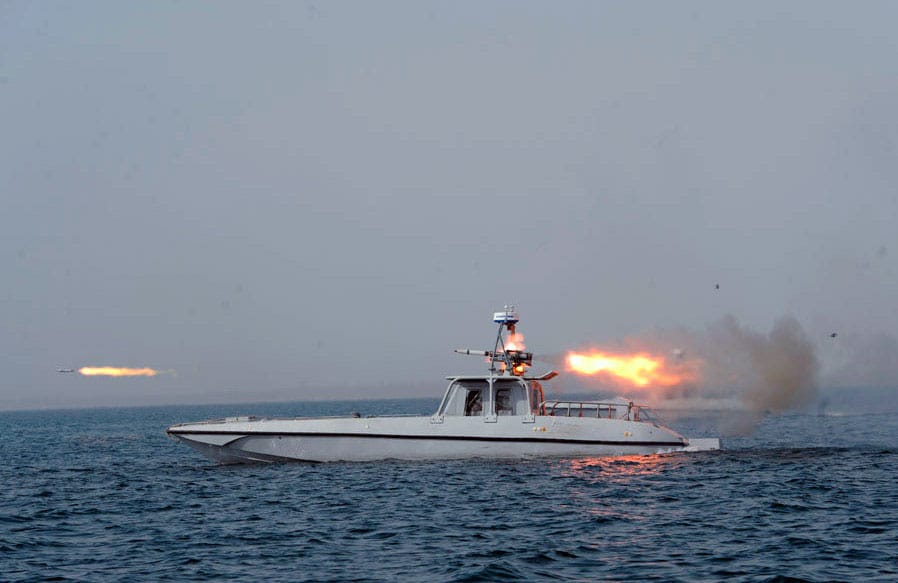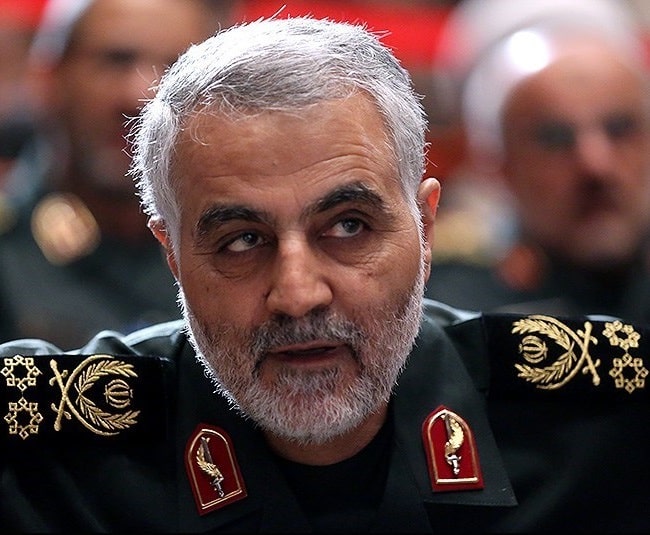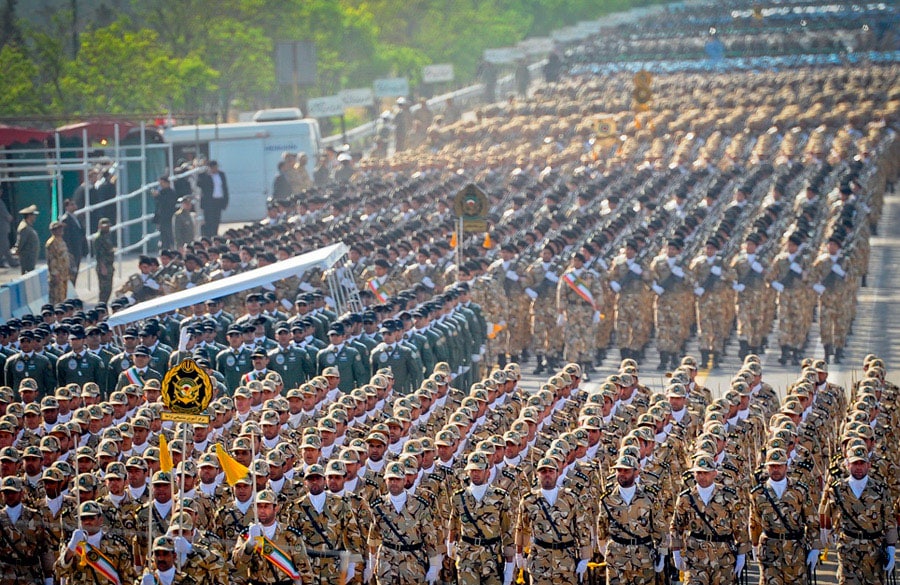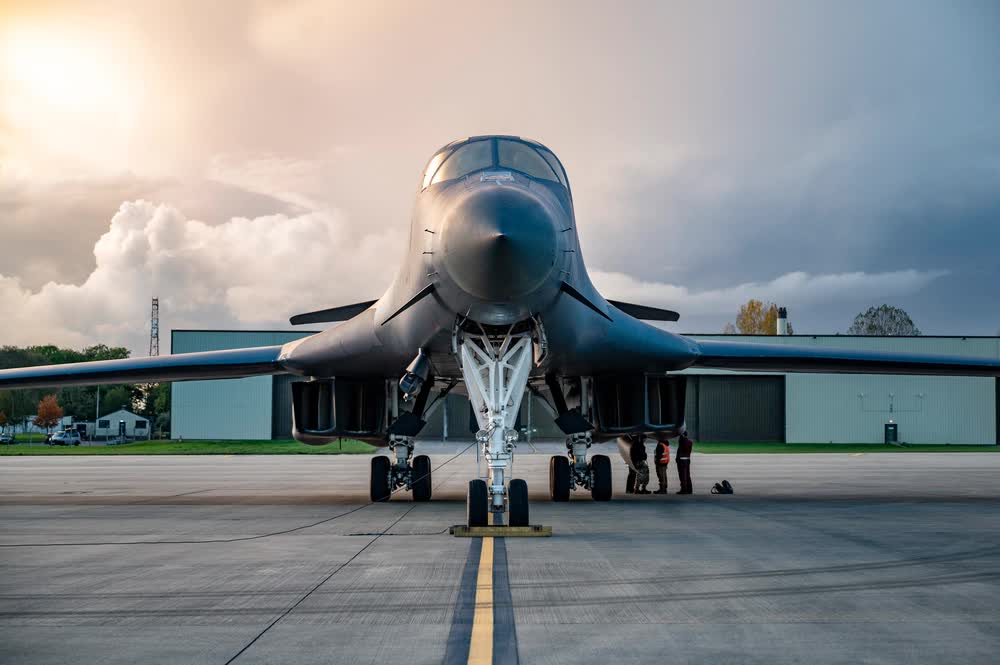This article by James R. Webb was originally published by Military Times.
A “large-scale” attack by Iran on U.S partners or allies “appears remote” as Iran has shown a “clear reluctance” to commit “conventional” forces in direct combat, a new report from the Rand corporation states. As a result, any threat posed is “unlikely” to extend outside of the Central Command region.
The report, funded by the U.S. Army, is designed to inform Army planners under what conditions Tehran might intervene in another country and to what degree Iranian leadership might commit its armed forces. Researches conducted analysis on what has driven Iranian military actions and interventions going back to the establishment of the Islamic Republic of Iran in 1979.
Ultimately, the researchers found that Iran is historically reluctant to directly engage in foreign interventions, having done so eight times since 1979. If Iran chooses to intervene conventionally outside its borders, Tehran prefers to use naval or air assets in “small-scale and targeted” strikes that support its interests. Experts said in the report that these small-scale attacks, facilitated by Tehran’s drone and missile programs, are likely to continue, and partner nations would benefit from U.S. training preparing them for such an attack.

Related: Iran hilariously bungles fake US aircraft carrier attack
Instead, Tehran has “mostly relied on indirect involvement,” working by, with, and through proxies. In every foreign intervention identified by researchers, an Iranian “co-identity group” within that country has been present. Examples from the report include the large Shiia population inside of Iraq, which provided natural inroads for Iran following the U.S. invasion of Iraq in 2003, and with the rise of ISIS in 2014.
According to the report, these groups allow Iran to build influence through “advise-and-assist” missions while also “limiting the costs associated with foreign involvement,” both in terms of human and financial capital.
Analysis within the report identified three key factors which drive Iran to be involved militarily in another country.
First is the presence of an aforementioned co-identity group, as every intervention identified by the report contained this commonality.
Additionally, regional stability and maintaining a balance of power are significant drivers in Tehran’s decision-making process. The report states that Iran is “a conventionally weak, majority Shia and majority Persian nation existing in a region dominated largely by Sunni Arabs.” Decades of sanctions on Tehran by the West have left the Iranian military short on equipment such as modern armor and aircraft and unable to compete against modern militaries. As a result, Tehran views itself as “fundamentally vulnerable.”

Related: These are the jets Iran would use in a fight with the US
Finally, researchers found that external threats to Iranian sovereignty are “an important factor” in launching military intervention.
According to the report, the U.S. invasion of Iraq hit all three of these benchmarks for Iranian involvement. Iraq’s large Shiite population provided natural “co-identity group” inroads while Iran’s neighbor destabilized and became “increasingly chaotic.” Additionally, according to the report, Iran sought to increase its leverage and influence to deter a “feared U.S. strike on Iran using these same forces.”
This combination of factors in Iraq provided fertile ground for both Iranian influence and military operations. The report states have both been more numerous and more successful since the overthrow of Saddam Hussein.

Related: Here’s why last night’s Iranian missile strike didn’t start a war
An example of how this capability was shown during a Jan. 2020 attack on Al-Asad airbase in Iraq, which at the time housed roughly 1,000 U.S. troops. Iran, retaliating for the Jan. 3 strike that killed Quds Force Commander Quassem Soleimani, injured more than 100 U.S. troops with a missile barrage.
Ultimately, the report suggests that any threat posed by Iran is best addressed through strengthening relationships and the capacity of partner nations, as Iran views large-scale combat as “undesirable.” Stronger regional governments with capable militaries are likely to deter a regional or a confrontation with Tehran.
“Overall, ethnic or sectarian tensions coupled with weak governments appear to facilitate Iranian interventionism. Accordingly, strong and inclusive central governments likely present an important bulwark against Iranian activities in the region,” the report says.
Read more from Sandboxx News:
Feature image: Wikimedia Commons



